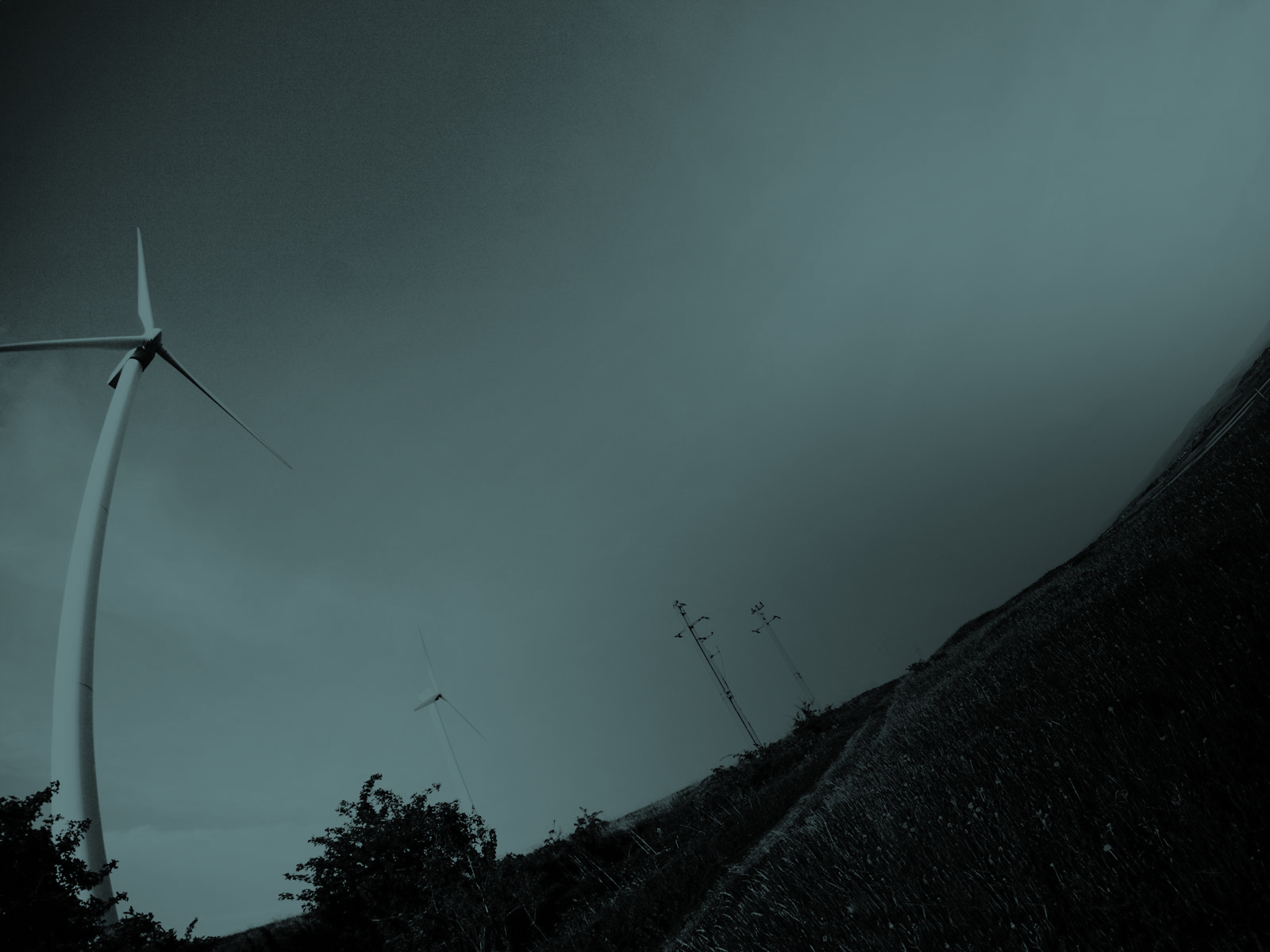However efficiently energy is produced and used, global demand will increase. To avoid climate change spinning out of control, all clean energy sources must be used: renewables, carbon capture and storage (CCS) and nuclear power.
US President Barack Obama is attempting to do this, having promised much on climate change before becoming president. But his first term delivered little: his cap-and-trade proposals were rejected by the Senate, so in his second term he is using existing legislation, the 1970 Clean Air Act. The White House has told the Environmental Protection Agency (EPA) to regulate greenhouse gases from power stations. The EPA will block new coal power stations without CCS, following the example of Canada and the UK. The EPA is also regulating emissions from existing coal power stations, which no other country has done. Meanwhile, the Obama administration is subsidising CCS (two large-scale CCS projects are under construction in the US), renewables, nuclear power and energy efficiency.
US greenhouse gas emissions have fallen since 2007, mainly due to the shale gas revolution. Gas power stations emit only about half the carbon dioxide per unit of electricity generated that coal plants do. American emissions would have fallen more if fracking had been better regulated to reduce methane emissions on site, since methane is a powerful greenhouse gas. On March 28th 2014 Mr Obama announced plans to tighten regulation, with more inspection of wells to ensure that methane is not leaking out.
The EU should follow Obama’s lead by investing in energy efficiency, renewables, CCS and nuclear power. As well as the climate benefits, this would reduce dependence on Russian gas. The 20-21st March 2014 Summit instructed the European Commission to prepare a report on how to increase EU energy security. The report will be examined in June. The European Council should then commit to radical action on energy and climate change. Given current events in Ukraine and the climate crisis, there is no time for lengthy debates and institutional wrangles.
Germany’s Energiewende (German for energy transformation) should not be used as a model. It aims to power the economy with renewables, but pays little attention to what happens during the journey. By shutting some existing nuclear plants, the Berlin government has caused Germany’s carbon emissions to increase. The UK has a better approach but prime minister David Cameron’s demand for renegotiation followed by an in/out referendum on EU membership has significantly reduced London’s influence in Brussels. So France should take the lead, backed up by other member-states that are supporting clean energy sources: the UK, Denmark, Finland and Sweden.
The clean energy transition will not be cheap, but its benefits will justify the cost. In the words of IMF director Christine Lagarde, “climate change is by far the greatest economic threat of the 21st century”.
Stephen will be speaking at The Economist’s UK Energy 2014 event on June 10th 2014.
The views and opinions expressed in this article are those of the authors and do not necessarily reflect the views of The Economist Intelligence Unit Limited (EIU) or any other member of The Economist Group. The Economist Group (including the EIU) cannot accept any responsibility or liability for reliance by any person on this article or any of the information, opinions or conclusions set out in the article.




